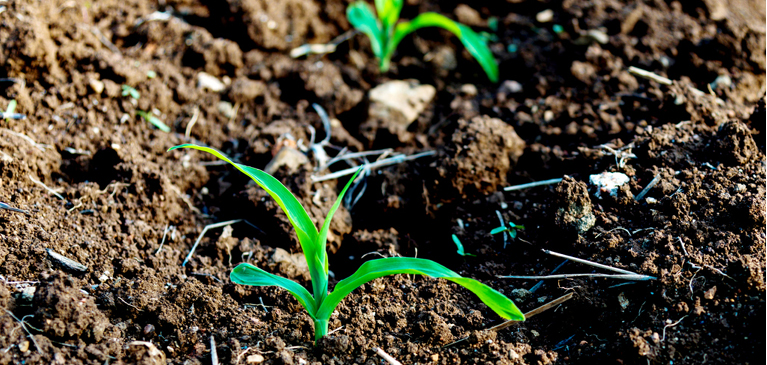

With old man winter’s stronghold finally loosening, farmers are anxiously awaiting “go-time.” And, according to USDA’s Prospective Plantings report, Michigan growers are not planning to shake things up much, despite the rest of the country leaning more towards soybeans than corn. In fact, if national predictions become reality, soybean acreage – while expecting a decrease of 1% from the year earlier – will outnumber corn acres, 89 million acres to 88 million acres. That hasn’t happened since 1983.
Here in Michigan, growers are expecting to plant 2.15 million acres of soybeans, down 130,000 acres from last year. Corn acreage is projected to be the same as last year with 2.25 million acres. Winter wheat seedings, at 530,000 acres, are up 50,0000 acres from 2017.
Nationally, all wheat planted area for 2018 is estimated at 47.3 million acres, up 3% from 2017. That represents the second lowest all wheat planted area on record since records began in 1919.
Michigan sugar beet acreage is projected to increase from 144,000 to 146,500 acres and dry bean planting acres are expected to jump from 220,000 acres to 240,000 acres.
The USDA report provides the first official estimates of U.S. farmers' 2018 planting intentions. NASS's acreage estimates are based on surveys conducted during the first two weeks of March from a sample of approximately 82,900 farm operators across the United States.
“While the official estimate is for a reduction in soybean acres, anecdotally we aren’t expecting a significant change from last year,” says Gail Frahm, executive director of the Michigan Soybean Promotion Committee. “These percentages fall within the margin of error,” she pointed out while adding that she expects similar acreage to last year because the crop offers an opportunity for a higher profit margin over other row crops.
Contributing factors
Noting the dramatic three-year slide in commodity prices, Jim Zook, executive director of the Corn Marketing Program of Michigan, says he’s hearing that planting decisions are really being driven by the availability of credit, as corn requires more capital. “It may drive decisions, because things are tight, margin wise,” he adds. “But, I really don’t see much of a switch, and with Michigan, it never varies much more than 5% from one year to the next.”
Weather is always a significant player in swaying planting decisions. “If planting of all crops is delayed, that would likely point to increased acres of soybeans,” Frahm says.
Another factor is the tit-for-tat import tariff proposals between President Trump and China, which has resulted in China threatening to levy a 25% tariff on U.S. soybeans imports. It has raised concerns about making sure this next harvest has a home, as China imports $12.4 billion in soybeans annually from the U.S. – about a third of its total soybean imports.
Frahm says some farmers were initially considering reducing soybean acres due to trade concerns, but effects seemed to only temporarily impact market opportunities. “We don’t foresee the tariffs having a significant impact on planting intentions since markets have rebounded since then,” she adds.
Zook says what’s going to happen with trade is on everyone’s radar screen as additional tariffs are proposed for dried distillers grains and ethanol. “Our growers need to understand, this is the most unprecedented move in the last 30-40 years, as we see trade policies and agreements being negotiated or renegotiated,” he says. “The U.S. Grains Council is aggressively looking to increase demand for U.S. product through outreach to foreign countries and developing new markets. Value-added products are where there’s growth opportunity.”
Trade barriers may impact price, but so does carryover. Per USDA’s March 1 Grain Stocks report, corn stocks totaled 8.89 billion bushels, up 3% from the same time last year. Soybeans stored totaled 2.11 billion bushels, up 21% from March 1, 2017, while all wheat stored totaled 1.49 billion bushels, down 10% from a year ago.
“We have a large carryover and expect production to be high again this year,” Frahm says. “But, demand also looks promising. So, without a weather scare or international concerns, prices will likely be stable. Even if we lose market share in China due to tariffs, we believe there is still market potential for U.S. soys in other countries, which will help with price stability.”


